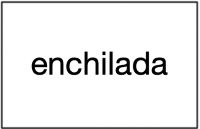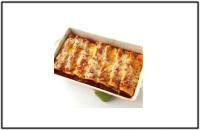Flashcards for Vocabulary
One of the most straightforward applications of flashcards is to learn individual items of vocabulary. For ways to make electronic or online flashcards, see Resources for Making Flashcards. Take a look at the following tips to make your vocabulary flashcards more effective:
- Define concrete things with pictures.


On flashcards for objects, people, or anything that is not abstract (e.g., “house,” “cat,” “food,” or “mother”) use a recognizable picture of that thing instead of a definition in English. This helps you learn to think in the language, instead of just translating from English. Pictures are also easier to remember than words.
To find an appropriate image, google the word in the target language and find a good picture to copy and paste into an electronic flashcard.
- Define abstract words using words that you already know.
While the most difficult or culturally specific abstract words may require English definitions, to define most abstract words (e.g., words like “freedom” or “importance” that don’t refer to a particular physical thing) it is best to use a definition in the target language. Essentially, try to explain it in simpler terms like a native speaker would.
Create your definition and look up any other words that you don’t know to complete it, adding those words to your memory system as you go. Then put the definition on one side of a flashcard, with the abstract vocabulary word on the other.
- For grammatical words, words like prepositions and conjunctions that serve to join other meaningful words, see Flashcards for Grammar.
- NOTE: The front and back of your flashcards should each contain only one or two items of information. If you put too many things, it makes them harder to remember. If you want to remember a word in more than one way (e.g. using both a cloze card with an example sentence and also definitions in the target language), make one flashcard for each strategy that you have chosen.
